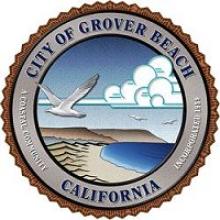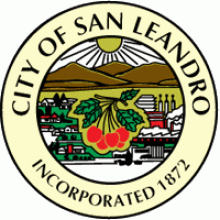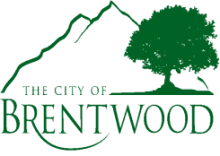Grover Beach Chooses Local Partner to Improve Local Connectivity for Businesses
After several years of considering options for a municipal network, the community of Grover Beach, California, is improving local connectivity options through a collaboration with private partner Digital West.
According to the San Luis Obispo Tribune, the City struck a deal last fall with the local firm that will provide gigabit connectivity to local business customers. A city staff report states that Grover Beach will install and own a series of conduit that will house fiber owned by Digital West.
The company, a data storage and web hosting firm located in nearby San Luis Obispo, will manage the fiber network. Digital West will lease conduit space from the city for 5.1% of its gross revenue from its operation of the private portion of the system. The initial lease is for a 10-year term. The company will also transfer ownership of some of the fiber to the city for public purposes. San Luis Obispo (SLO) County also wants to connect its facilities in the area and will contribute to the cost of the project. It appears as though SLO County will use the fiber provided to Grover Beach.
Grover Beach will contribute $500,000; SLO County will contribute $268,000; Digital West will contribute $159,000 to the total cost of $927,000 of the project. The parties agree that the city's contribution will be capped at $500,000. The staff report recommends an interdepartmental loan to finance the city's portion of the conduit installation.
Digital West has been an instrumental player in the city's quest for improved connectivity for several years. The company provides Internet service in SLO County and manages a private network offering connectivity, colocation, and cloud services to commercial clients.
Grover Beach is also the location of the Pacific Crossing trans-Pacific fiber cable, connecting to Shima, Japan. In 2009, Digital West began working with Grover Beach to find ways to take advantage of the pipe. The city and Digital West have sence developed a Technology Master Plan and an Implementation Plan.









